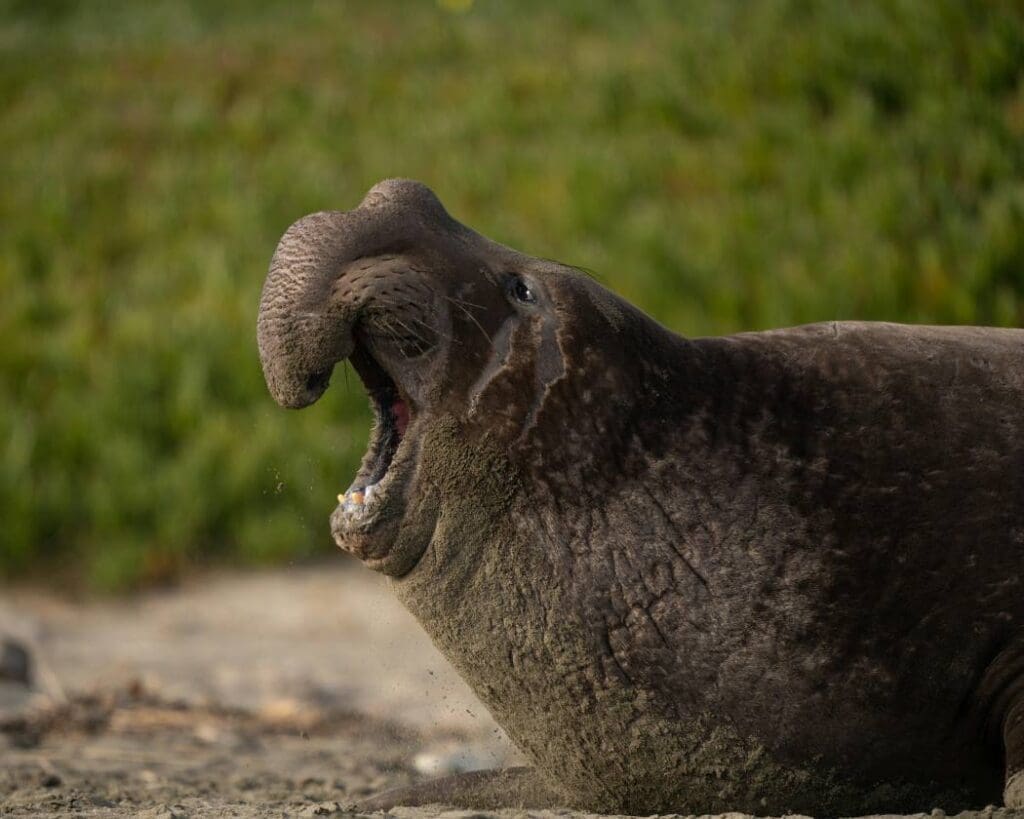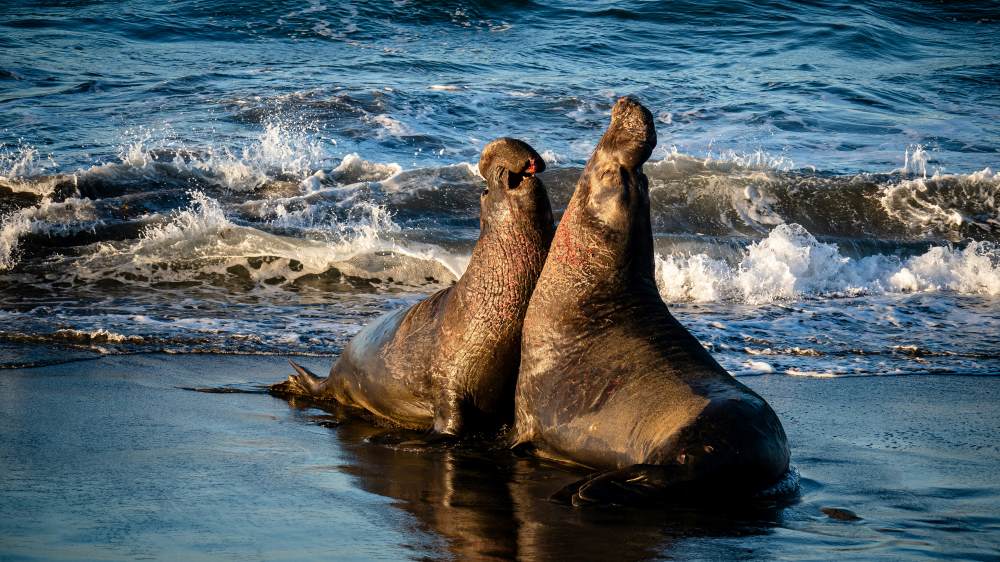Summary:
Southern elephant seals once crowded the beaches of Aotearoa, but today they are mostly found on subantarctic islands and the southern tip of South America.
A new study, published in Global Change Biology, reveals that these massive marine mammals once formed a widespread Australasian lineage, spanning New Zealand, Tasmania, and Antarctica. Using palaeogenetic techniques, researchers analyzed ancient specimens to understand how elephant seals responded to past climate shifts and human activities. Their findings suggest that these seals dynamically altered their range and population sizes in response to environmental pressures over surprisingly short evolutionary timeframes.
The study also highlights the impact of Indigenous subsistence hunting and European sealing, which contributed to their disappearance from New Zealand. As the Southern Ocean faces rapid warming, understanding these past shifts could offer critical insights into how marine ecosystems will respond to future climate change.

Aotearoa once home to elephant seals
Joint senior author Associate Professor Nic Rawlence, Director of the Otago Palaeogenetics Laboratory, says while elephant seals now only inhabit the subantarctic islands and South America, Aotearoa beaches used to be “heaving” with the colossal animals.
“At the time of human arrival in New Zealand, you would be hard pressed to find room on the beaches, with fur seals on the rocky headlands, prehistoric sealions and elephant seals on the sand, and lots of penguins,” he says.
“It’s a picture that is very hard to imagine today, especially as most New Zealanders wouldn’t think that these majestic giants were once part of our biological heritage.”
The study was undertaken by a group of international researchers, led by postgraduate students Andrew Berg, of the University of Sydney, and Otago’s Megan Askew, and recently published in the leading journal Global Change Biology.
They used palaeogenetic techniques on specimens dating back thousands of years from New Zealand, Tasmania and Antarctica to show that southern elephant seals used to be spread across the entire Southern Ocean.
Joint senior author Dr Mark de Bruyn, of Griffith University, says their whereabouts was heavily impacted by climate change and humans over a short evolutionary period.
“The Ice Ages would have rapidly increased the amount of sea ice surrounding Antarctica, forcing elephant seals to retreat to multiple refugia in South Africa, Australia, New Zealand and South America, before they expanded back out as the climate warmed, including temporarily to the Antarctic mainland,” Dr de Bruyn says.
“However, indigenous subsistence hunting and European industrial sealing once again resulted in the contraction of their range, this time to the deep Southern Ocean with their extirpation from Australia and New Zealand.”
Associate Professor Rawlence says knowing how elephant seals responded to these changes will provide insights into how they – and the Southern Ocean ecosystem, which New Zealand and Australia are part of – may be impacted in the future.
“Their dynamic evolutionary history, plus climate change and human impact, strongly suggests that unless measures are taken to mitigate the effects of human-driven climate change and marine ecosystem deterioration, elephant seals and the Southern Ocean ecosystem are in for a rough ride into the future,” he says.
Journal Reference:
Berg, A.A., Askew, M., Seersholm, F.V., Verry, A.J.F., Hoelzel, A.R., Welch, A., Greig, K., Walter, R., Knapp, M., Barlow, A., Paijmans, J.L.A., Waters, J.M., Bunce, M., McDonald, K., O’Connor, S., Hall, B., Koch, P.L., Baroni, C., Salvatore, M.C., Faulkner, P., Ho, S.Y.W., Rawlence, N.J. and de Bruyn, M., ‘Postglacial Recolonization of the Southern Ocean by Elephant Seals Occurred From Multiple Glacial Refugia’, Global Change Biology 31, 3, e70101 (2025). DOI: 10.1111/gcb.70101
Article Source:
Press Release/Material by University of Otago
Featured image credit: Anchor Lee | Unsplash




